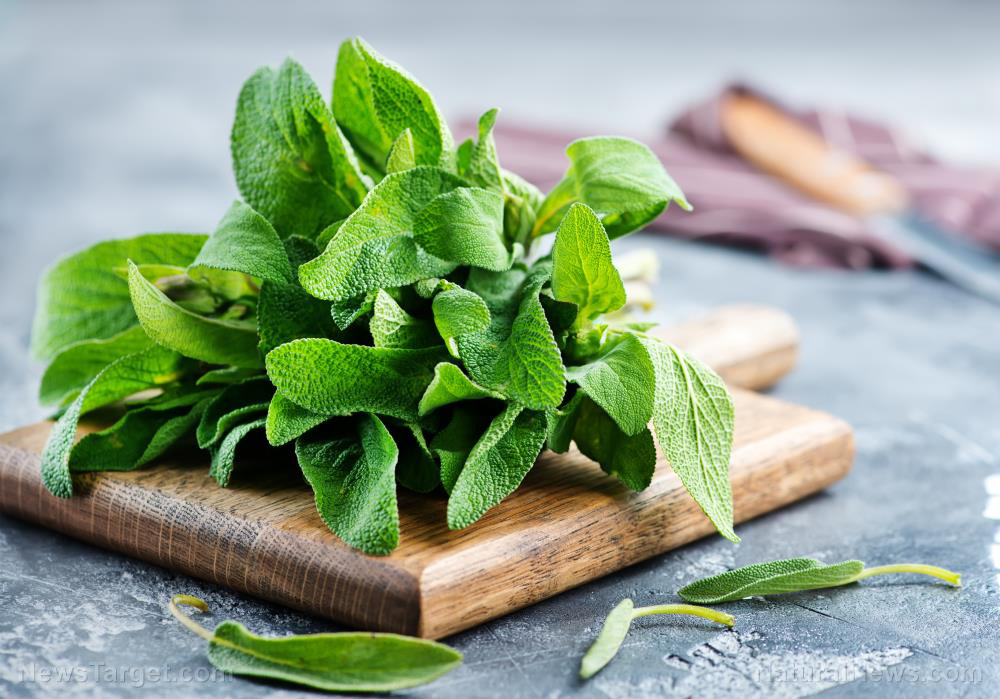
Advertisement
Kale and spinach are two of the healthiest superfoods. But is one better than the other?
Nutritional differences between kale and spinach
Kale and spinach are both nutrient-rich and low-calorie vegetables. They also offer many essential vitamins and minerals.
Both are rich in vitamin K, a nutrient needed for healthy blood clotting and bone formation. They’re also full of vitamin C, which is crucial for disease prevention and immune function.
Kale and spinach both contain fiber and important micronutrients like calcium, riboflavin, and vitamin A in varying amounts.
However, kale contains more than twice the amount of vitamin C spinach has. On the other hand, spinach offers more vitamin A, vitamin K, and folate. (Related: Just ONE serving of greens per day helps delay brain aging by over a decade.)
Health benefits
Kale and spinach are both associated with various health benefits. Both leafy greens are full of antioxidants, which are compounds that help protect cells from oxidative damage. Antioxidants also help prevent chronic diseases.
Kale and spinach can boost cardiovascular health by improving certain risk factors like blood pressure and high cholesterol.
In a 12-week study published in the journal Biomedical and Environmental Sciences, researchers observed 32 men with high cholesterol. They reported that consuming kale juice with meals improved the men’s cholesterol levels and antioxidant status.
In a separate study involving 27 participants, researchers found that consuming a soup made with around nine ounces (250 grams) of spinach for seven days improved blood pressure. The spinach soup greatly reduced both systolic and diastolic blood pressure due to dietary nitrates present in the vegetable. These compounds helped improve blood flow.
Kale and spinach contain cancer-fighting compounds that help decrease the growth and spread of cancer cells in test-tube and animal studies.
Additionally, the vegetables are low-calorie yet nutrient-rich. If you want to lose weight naturally, prepare healthy dishes using kale and spinach.
Spinach, oxalates, and kidney stones
Spinach is full of dietary oxalate, a compound that binds to calcium in the body. Oxalate prevents your body from absorbing calcium.
Eating foods rich in oxalate increases the excretion of oxalate through your urine. This can cause the formation of calcium oxalate kidney stones. At least 80 percent of kidney stones are made up of calcium oxalate.
If you are at high risk of kidney stones, limit your intake of spinach and other foods high in oxalate. When preparing spinach, boil the vegetable to reduce the concentration of dietary oxalate by at least 87 percent.
Kale, goitrin, and impaired thyroid function
Kale is a cruciferous vegetable that contains goitrin, a compound that can interfere with thyroid function. Goitrin can decrease the uptake of iodine, which your body needs to produce thyroid hormones.
Disruptions in thyroid function can impact your metabolism. They can also cause pain and weakness in the joints and muscles, dry and itchy skin, fatigue, hair loss, mood changes, sensitivity to cold, and weight changes.
To avoid these conditions, consume goitrogenic foods in moderation. Both human and animal studies suggest that consuming broccoli sprouts and Brussels sprouts doesn’t affect thyroid function or thyroid hormone levels. This means that eating these foods is safe for those with thyroid issues.
If you have thyroid problems, cook kale or spinach before eating. To ensure that you get enough iodine from your diet, eat seafood and dairy products. These foods can help prevent the harmful effects of goitrin.
Which one is better for you?
While there are some small differences in their nutritional content and health benefits, both kale and spinach are full of nutrients that boost your overall health. Consume these leafy greens regularly, along with other vegetables like cabbage, collard greens, and Swiss chard.
You can incorporate kale and spinach into your diet by:
- Combining kale or spinach with other vegetables and eggs to make a hearty breakfast
- Making a salad with kale or spinach and other vegetables
- Using kale or spinach as a topping for casseroles, salads, and sandwiches
- Sauteing and seasoning kale or spinach to make a healthy side dish
- Making a green smoothie using kale, spinach, and some of your favorite fruits and vegetables
Kale and spinach are nutritious vegetables that can boost your health. Enjoy these leafy greens and follow a well-balanced diet to improve your overall well-being.
Sources include:
Advertisements







